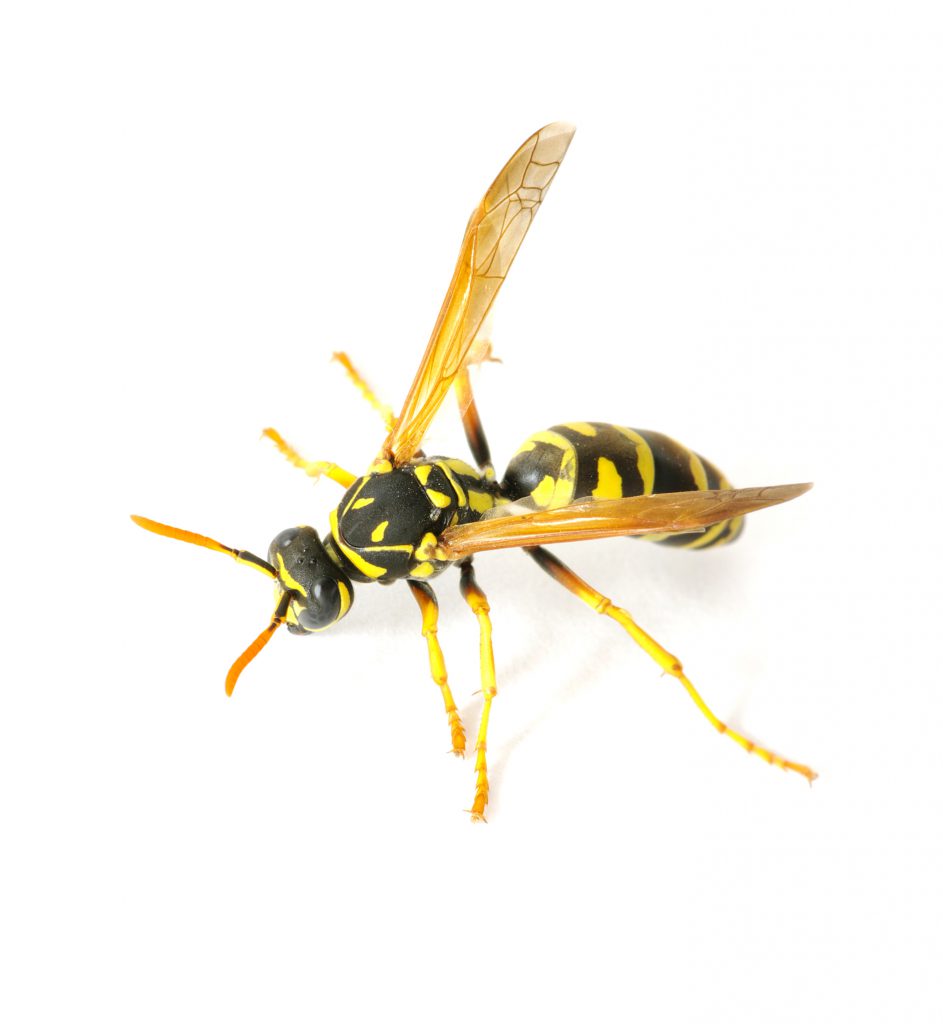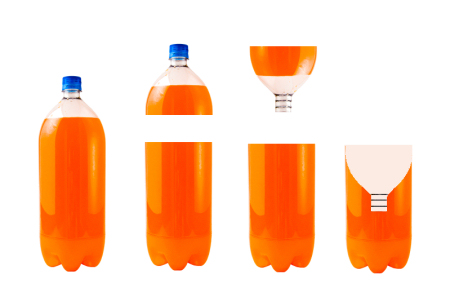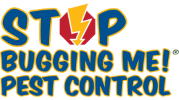As you may have noticed, yellow jackets and wasps seem a little more aggressive as the summer progresses. The reason for this behavior is not all that complex but may differ a bit from your standard ideas about what causes this phenomenon. Keep in mind there are differences between the sub species of Wasps, Hornets, and Yellow Jackets. For the sake of this quick read, we are generalizing a bit and ask that you continue researching as there are tons of great resources online.
As summer progresses, food and water sources become harder to find for all living things–makes sense right? The grass is brown, the flowers are fading, and the trees are just starting to turn. This is, obviously, due to the continued heat and reduction in moisture over the summer months and is taxing on small insects that need to stay hydrated. This leaves our flying hunter’s primary food sources less available to forage. During this transition to warmer weather and with less protein available, namely other insects, for the wasps to eat, they turn to more available carbohydrate sources. And what are people known to have at picnics and barbecues? That’s right; popsicles, sugary sodas, fresh fruits, and all the things that Vespidae, that’s science speak, for wasps and yellow jackets, are attracted to. So what seems to be more active and aggressive behavior is basically increases in shared space and attempting to enjoy the same things.

So what can I do to get rid of wasps, yellow jackets, and hornets?
There are a couple of interesting hacks that can help to keep your party from being crashed by stinging insects. Because they are meat eaters, take a 5-gallon bucket and place it safely away from the area. 20+ feet is a good start. Fill the bucket halfway or more with water and place a bit of detergent in the water. Then place a stick across the top with meat on it. Try different types. You can also tie the meat to a string to lower it closer to the water. The wasps will come in to get the meat, eat a bit, and some will fall into the water. The bubbles will make it harder for them to get out. You lower the population, and you attract them away from the festivities!

The second hack is “the pop bottle trick.” Again, place your apparatus far enough away to attract yellow jackets away from your party. Take a 2-liter bottle and cut it in half turning the top upside down and place it back into the bottom piece you have just cut. This is your trap and should look like a funnel. Pour your favorite sugary drink into the bottom as the attractant. Oddly enough there is one called “Bug Juice” likely at your local convenience store. You may want to stay away from this trap until evening as the yellow jackets may be very active around it. The stinging insects are able to make their way in, but it is much harder for them to get out. Again hack achieved, party saved, hooray-hooray! Oh and we should mention that to get rid of the residual liquid and dead yellow jackets, you should wait until late evening and pour out the water or sweet liquid in an area away from people, or dispose in a sealed garbage receptacle.
Keep in mind pests are only pests when human interaction with them reaches a threshold of intolerance. Stinging insects to those that are allergic are a danger, while to others they are a nuisance.

